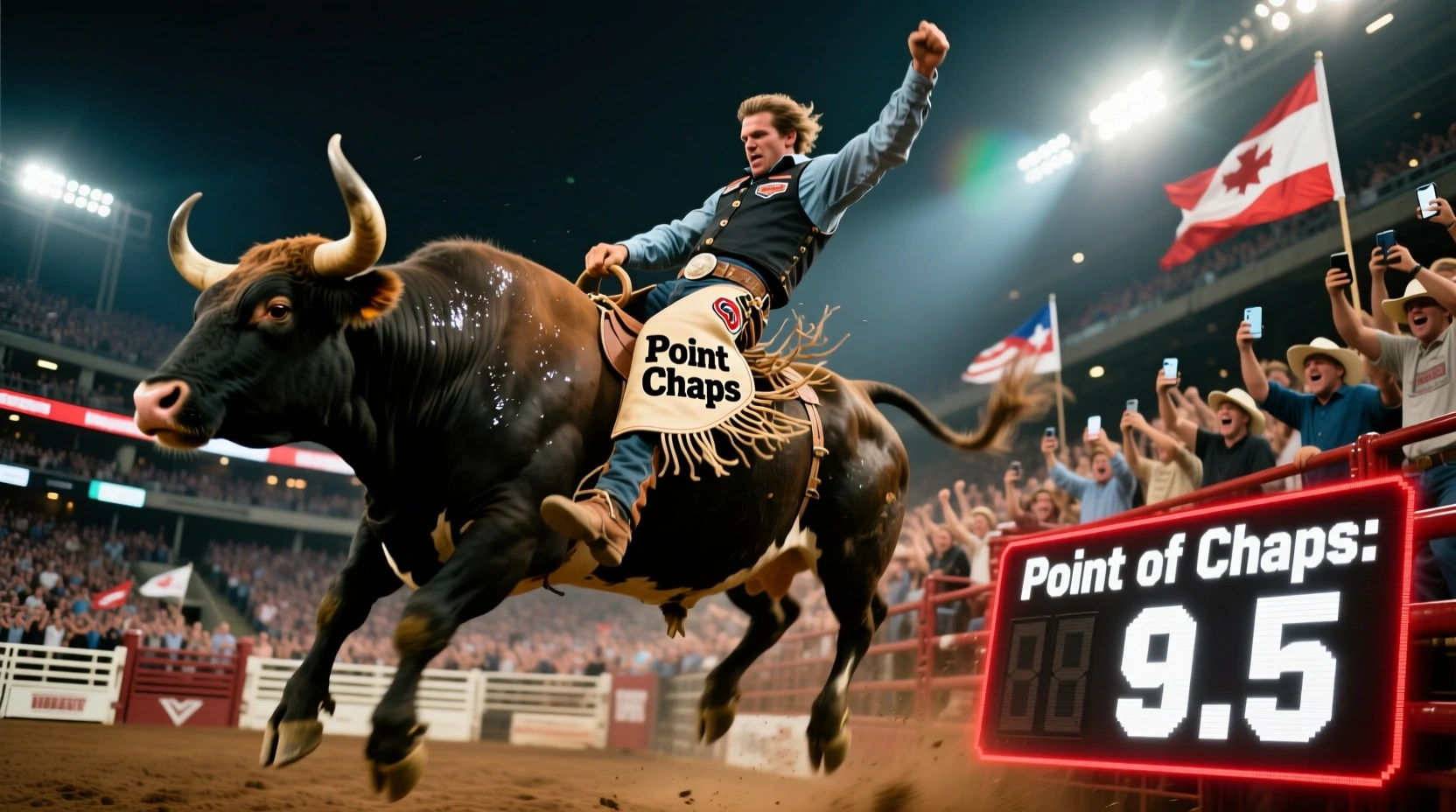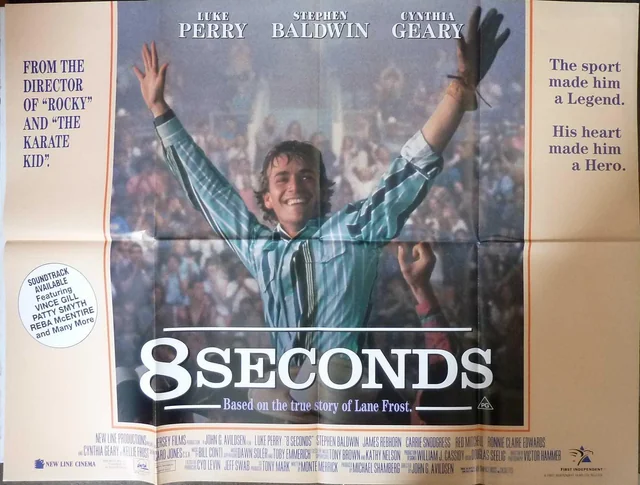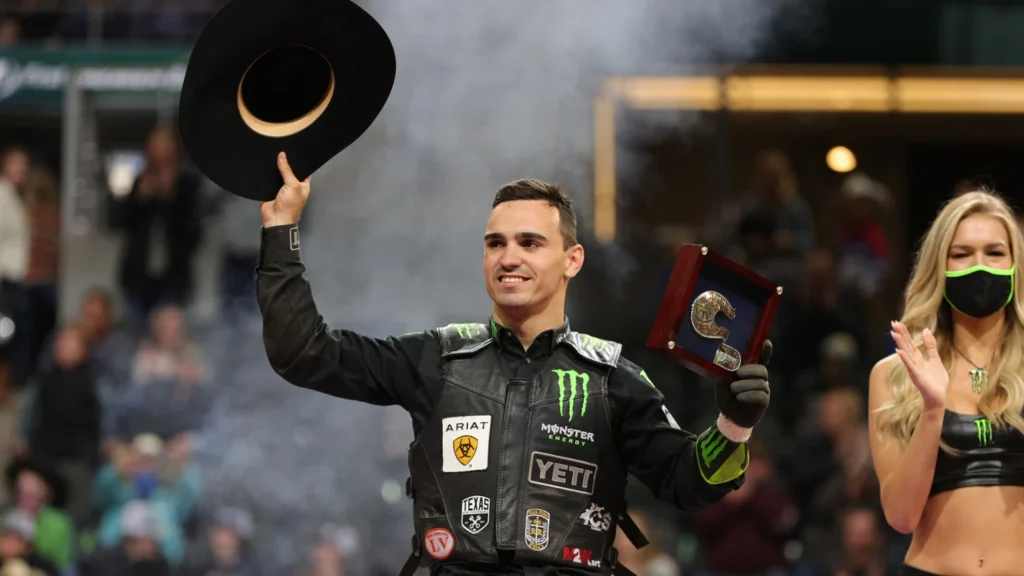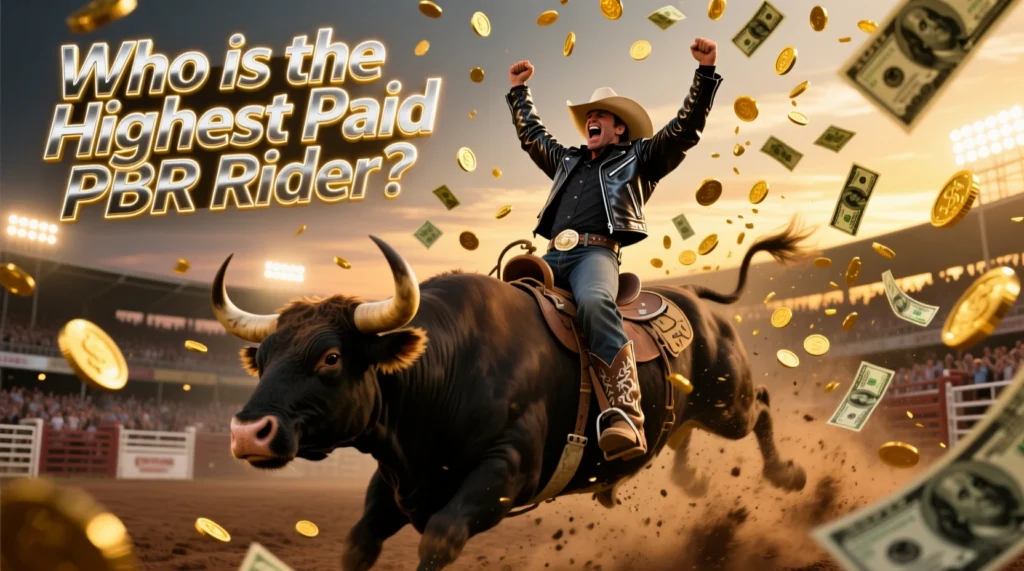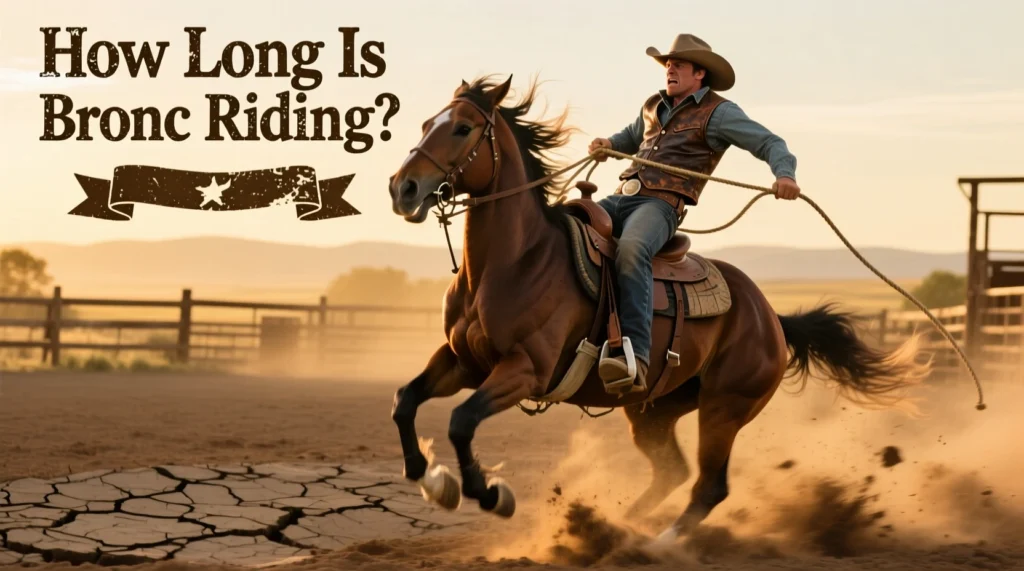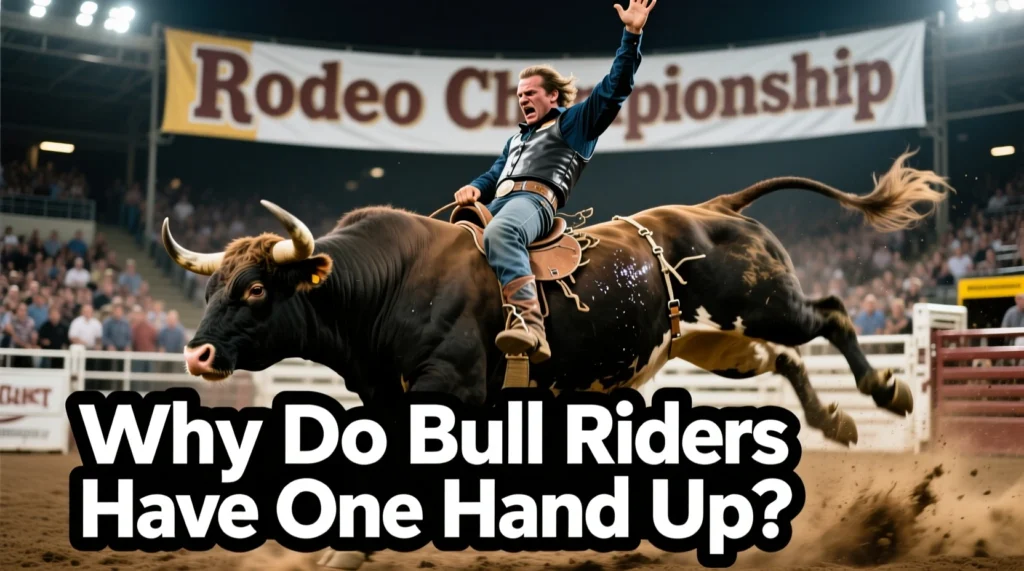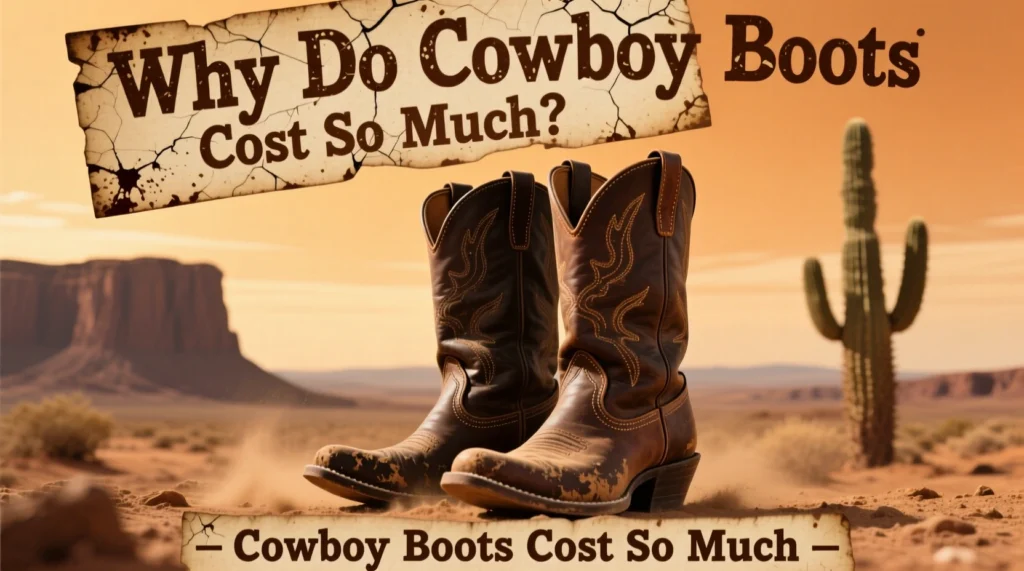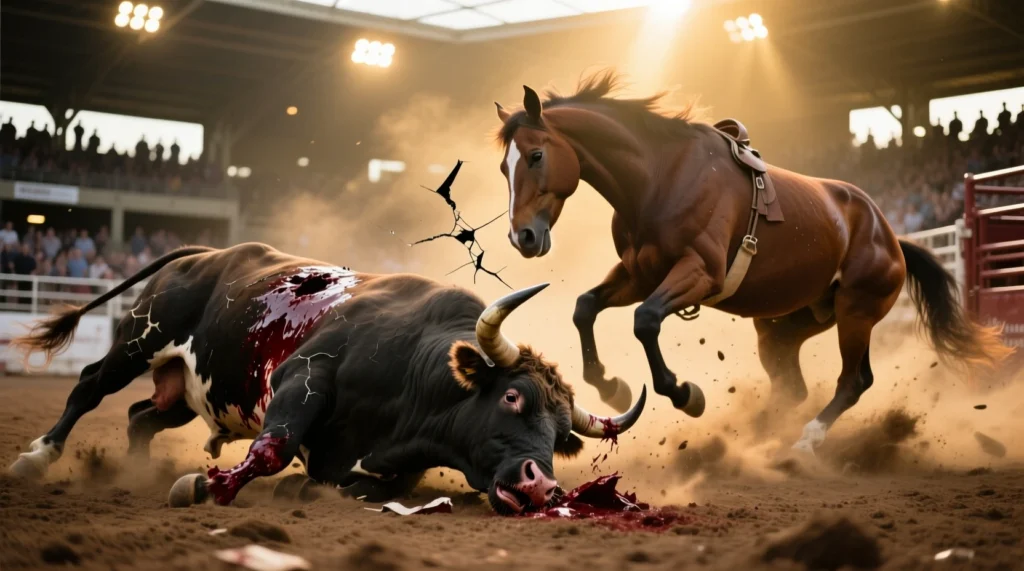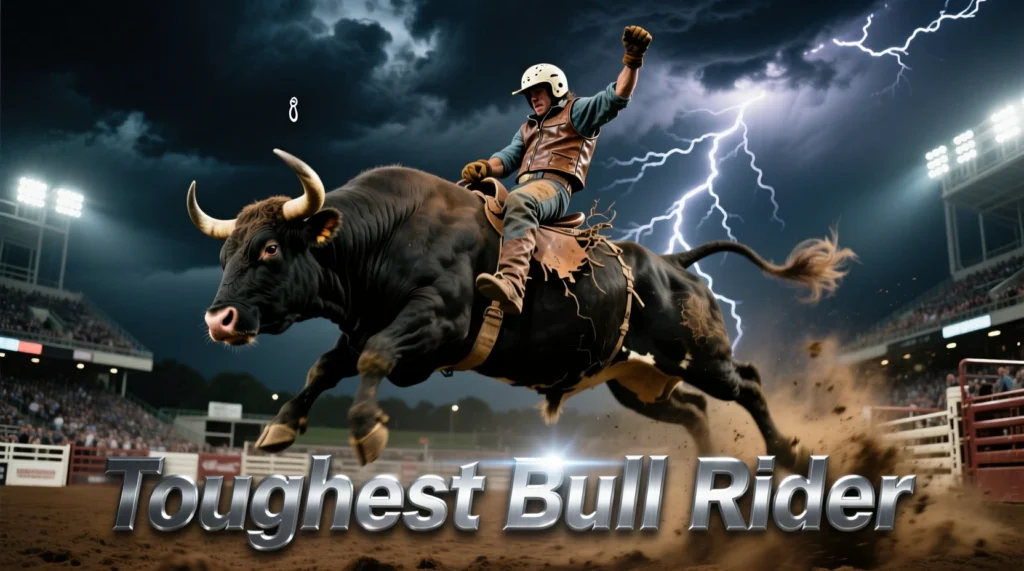What Is the Point of Chaps in Bull Riding? When a bull rider bursts from the chute atop a 1,500-pound bucking animal, every piece of gear serves a critical purpose – including the often-flamboyant leather chaps that have become a signature part of the cowboy silhouette. For many spectators, these decorative garments might appear to be merely theatrical, but the reality is they’re a time-tested piece of functional equipment deeply rooted in cowboy culture. So, what is the point of chaps in bull riding? Far from simple costume pieces, chaps provide essential protection, enhance rider performance, and represent a powerful tradition of craftsmanship and personal identity in one of the world’s most dangerous sports. This article unravels the fascinating synergy of safety, utility, and culture that defines why every serious bull rider straps on a pair of chaps before facing down a bucking bull.
Table of Contents
From Mexican Ranches to Rodeo Arenas
To fully appreciate the role of chaps in modern bull riding, it’s important to understand their origins. Chaps (pronounced “shaps”) are derived from the Spanish “chaparreras,” a term linked to “chaparral” – the thick, thorny brushlands of Mexico . Designed by Mexican vaqueros (cowboys) in the early to mid-19th century, the earliest versions were essentially leather overalls without a seat, worn to protect the rider’s trousers from rain, mud, and tearing from vegetation .
As cowboy culture moved north, the design evolved. The initial snug-fitting “shotgun” style – named for its straight-leg profile – gave way to the wider “batwing” chaps popular in early rodeo arenas . Cowboys quickly discovered that the batwing’s wider cut and flapping motion added to the spectacle of their ride. Today’s modern rodeo chaps are streamlined descendants of the batwing design, typically made from durable cowhide leather and often elaborately tooled or branded with corporate sponsors, reflecting the big-business side of professional rodeo .
The Functional Purpose: More Than Just Leather
At its core, the purpose of chaps in bull riding is largely practical. When a rider is thrown – a common occurrence in a sport where staying eight seconds is considered a success – he enters a dangerous environment of hooves, horns, and a large, unpredictable animal.
1. Protection from Impact and Abrasion
The primary function of chaps is to provide a protective barrier for the rider’s legs. Stronger leather can absorb and absorb the impact of a direct kick or trample, significantly reducing the severity of bruises, scrapes and cuts. This is no small concern. A study on bull riding injuries found that extremity injuries accounted for 52% of all recorded injuries, making them the most common type. Chaps serve as the first line of defense against these high-impact events.
2. Enhanced Grip and Stability for What Is the Point of Chaps in Bull Riding?
The leather texture provides significant friction against the saddle, helping the rider maintain their position and balance during the violent tilt of the bull. A more secure seat allows the rider to focus on form and control rather than slipping, which can be the difference between a scored ride and a premature dismount.
3. A Layer Against the Elements
Although less of a concern for short-duration riding, chaps also offer protection from the environment. In outdoor arenas, they can protect the rider from wind and cold, and they always prevent the rope and animal fur from burning the rope or ripping against the rider’s jeans.
Common Bull Riding Injuries and How Chaps Help Mitigate Them
| Injury Type | Frequency | How Chaps Provide Protection |
|---|---|---|
| Limb Injuries | 52% of all injuries | Durable leather absorbs and disperses impact from kicks and trampling. |
| Abrasions & Lacerations | Common in falls | Leather acts as a sacrificial layer, preventing skin contact with ground and hooves. |
| Chest Injuries | 15% of all injuries | Note: Chaps protect legs; chest is protected by a mandatory vest. |
| Head Injuries | 12% of all injuries | Note: Chaps protect legs; head is protected by a helmet (optional for adults). |
Original Insights: Chaps as Personal and Professional Identity
Beyond pure function, chaps have evolved into a powerful medium for personal expression and professional branding. For today’s professional bull riders, their chaps are as much a part of their identity as their riding style.
- Customization and Storytelling: Top riders often invest in custom-made chaps that tell a story. These designs can incorporate hometown colors, symbolic imagery, tributes to family, or motifs that represent a personal philosophy or journey . This transforms a piece of protective gear into a narrative canvas.
- Sponsorship and Business: In the era of professional rodeo, chaps are valuable real estate for corporate logos. A well-designed pair of chaps functions as a moving billboard, showcasing a rider’s sponsors and reflecting their marketability and success within the sport . This commercial aspect provides crucial financial backing for athletes in a high-risk profession.
- Psychological Armor: The process of strapping on a personalized, professionally-crafted pair of chaps can serve as a vital mental preparation ritual. It helps the rider transition into a competitive mindset, embodying the confidence and courage needed to face a bucking bull.
Case Study: Safety Innovations in Modern Chap Design
Growing awareness of rodeo injuries has led to innovation in the design and construction of bull riding chaps. While traditional leather continues to be the material of choice, the industry is seeing a conscious shift towards incorporating better safety features.
A key development is the search for integrated padding and reinforced stitching. Some manufacturers are now experimenting with chaps that include strategic layers of shock-absorbing foam in high-impact areas such as the thighs and calves, similar to the technology used in the safety vests that are now standard. This innovation is a direct response to injury data. One analysis notes that about 78% of catastrophic rodeo injuries occur while riding bulls or steers, making every piece of gear a critical component of a rider’s safety system.
Additionally, a focus on a precise, adjustable fit has become a priority. Expert gear makers emphasize that proper fit isn’t just about comfort—it’s a safety issue. Ill-fitting chaps can impede movement or fail to provide consistent protection, so modern custom chaps are designed for a secure fit that allows for superior athletic performance without compromising safety.
Expert Opinions: Voices from the Rodeo World
The important role of chaps is echoed by professionals who study and participate in the sport.
Dale Butterwick, a renowned rodeo safety researcher, highlights the integral role of modern gear: “Modern rodeo chaps must do more than just look good – they are part of a system that reduces the risk of injury while allowing athletes to perform at their peak. Proper fit and shock absorption are key.”
Similarly, cowboy gear experts point to the importance of customization: “Fit, padding, and personal intelligence pave the way for riders to stay safe and stand out in the field.” This expert approach confirms that the best chaps are those that are successfully tailored to the individual rider’s physical needs and professional identity.
Point of Chaps
The point of chaps in bull riding is a complex blend of enduring utility and deep-seated tradition. They are an indispensable piece of safety equipment, scientifically proven to reduce the most common injuries in a notoriously dangerous sport. They are a performance tool, providing the grip and stability necessary to master the eight-second battle of wills. And finally, they are a canvas for identity, telling a story of personal history, professional sponsorship, and cultural heritage. The next time you see a rider in a chamois, take a moment to appreciate the leather he is wearing – it is not just for show. It’s a meticulously crafted piece, spanning centuries, standing between it and the raw power of the beast beneath, representing the perfect marriage of safety, function, and iconic Western style.

